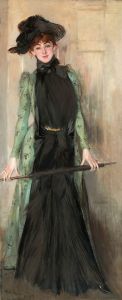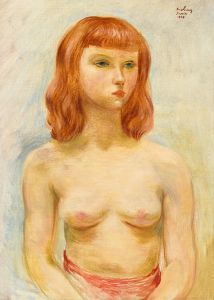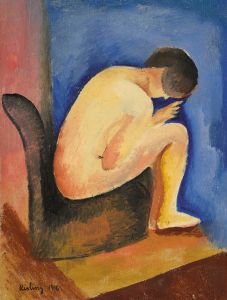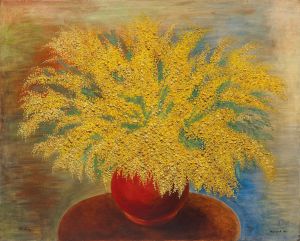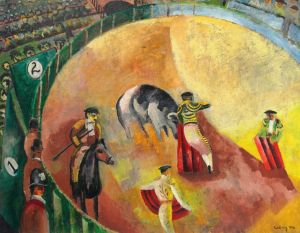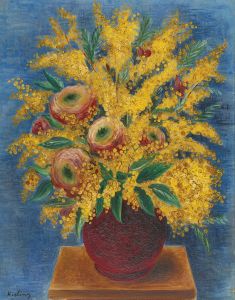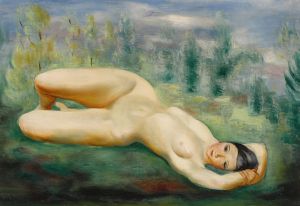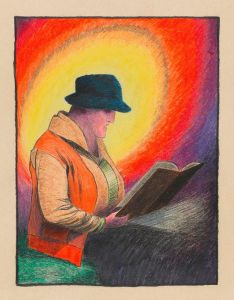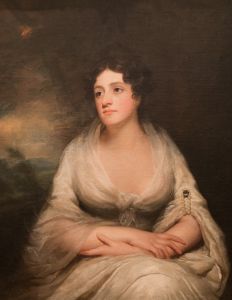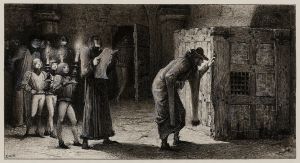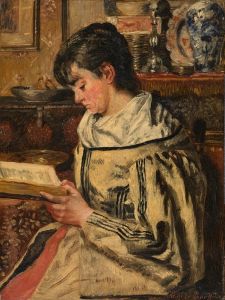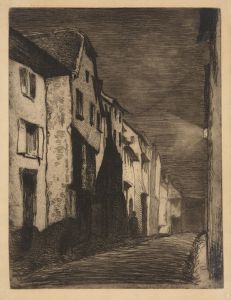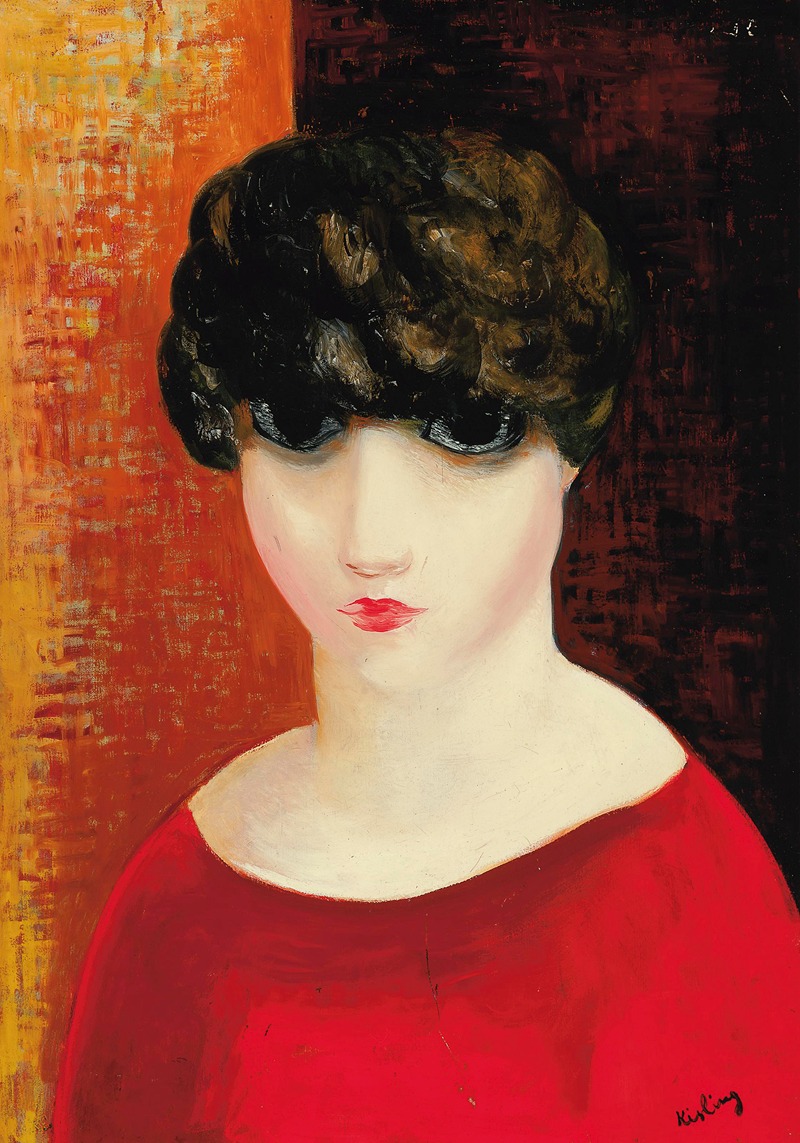
Portrait
A hand-painted replica of Moïse Kisling’s masterpiece Portrait, meticulously crafted by professional artists to capture the true essence of the original. Each piece is created with museum-quality canvas and rare mineral pigments, carefully painted by experienced artists with delicate brushstrokes and rich, layered colors to perfectly recreate the texture of the original artwork. Unlike machine-printed reproductions, this hand-painted version brings the painting to life, infused with the artist’s emotions and skill in every stroke. Whether for personal collection or home decoration, it instantly elevates the artistic atmosphere of any space.
Moïse Kisling was a Polish-born French painter known for his contributions to the School of Paris, a group of artists who lived and worked in the French capital during the early 20th century. Kisling was particularly renowned for his portraits, which often featured a distinctive style characterized by bold colors and expressive forms. One of his notable works is "Portrait," which exemplifies his unique approach to portraiture.
Kisling was born on January 22, 1891, in Kraków, which was then part of the Austro-Hungarian Empire. He moved to Paris in 1910, where he became part of the vibrant artistic community in Montparnasse. This area was a hub for artists, writers, and intellectuals, and Kisling quickly became associated with other prominent figures of the time, such as Amedeo Modigliani, Marc Chagall, and Jules Pascin.
Kisling's "Portrait" paintings are celebrated for their vivid use of color and the emotional depth they convey. His portraits often feature elongated forms and a sense of melancholy, which can be seen as a reflection of the existential themes that many artists of the period explored. Kisling had a particular talent for capturing the essence of his subjects, often imbuing them with a sense of introspection and complexity.
Throughout his career, Kisling painted numerous portraits of women, which are among his most acclaimed works. These portraits are characterized by their striking use of color and the way they capture the personality and mood of the sitter. Kisling's technique involved a careful balance of realism and abstraction, allowing him to create images that were both lifelike and artistically expressive.
Kisling's work was well-received during his lifetime, and he exhibited widely in Paris and beyond. His portraits were particularly popular among collectors, and he gained a reputation as a skilled portraitist. Despite the challenges of the interwar period and the disruptions caused by World War II, Kisling continued to produce art and maintain his status in the art world.
In addition to his portraits, Kisling also painted landscapes and still lifes, but it is his portraits that remain most celebrated. His ability to convey emotion and character through his use of color and form has left a lasting impact on the art world. Kisling's work is held in numerous public and private collections, and his portraits continue to be studied and admired for their artistic and historical significance.
Moïse Kisling passed away on April 29, 1953, in Sanary-sur-Mer, France. His legacy as a portrait artist endures, and his works remain an important part of the narrative of 20th-century art. While specific details about individual paintings titled "Portrait" by Kisling may vary, the general characteristics of his portraiture are consistent with the themes and styles that defined his career.





